Expecting new condo prices to drop in Singapore? Here's 6 factors why you shouldn't


While the recent unveiling of eight new GLS sites will undoubtedly provide some relief to soaring property prices, it's essential to temper expectations.
While increased land availability can bolster housing supply, and possibly lead to more moderate property prices over the coming years, the story doesn't end there.
For those expecting a crash in real estate prices soon, Singapore's real estate market is not governed by land sales alone. Several other crucial elements contribute to the tenacity of high property prices, presenting challenges for any significant price downturn. Let's delve into some of these factors:
Property developers are reliant on real estate agencies to sell their units, especially for properties that are harder to move. Unfortunately, real estate agencies form an unhealthy oligopoly in Singapore, as we discussed in a previous article.
This means that for properties that require more, shall we say, oomph to move, this can result in commissions of five to as high as nine per cent. That's around $100,000 added onto the price tag, for something like a $2 million condo unit (a rather typical quantum in the 2023 new launch market).
But to be fair, we can't say this is entirely the fault of property agencies either. Developers who are worried about paying the ABSD have been the ones pushing up commissions in order to clear their units, which are all costs of sales that they have to account for with respect to their margins.
As a result, there are more expectations as well of property agencies, and what they can offer from a marketing standpoint.
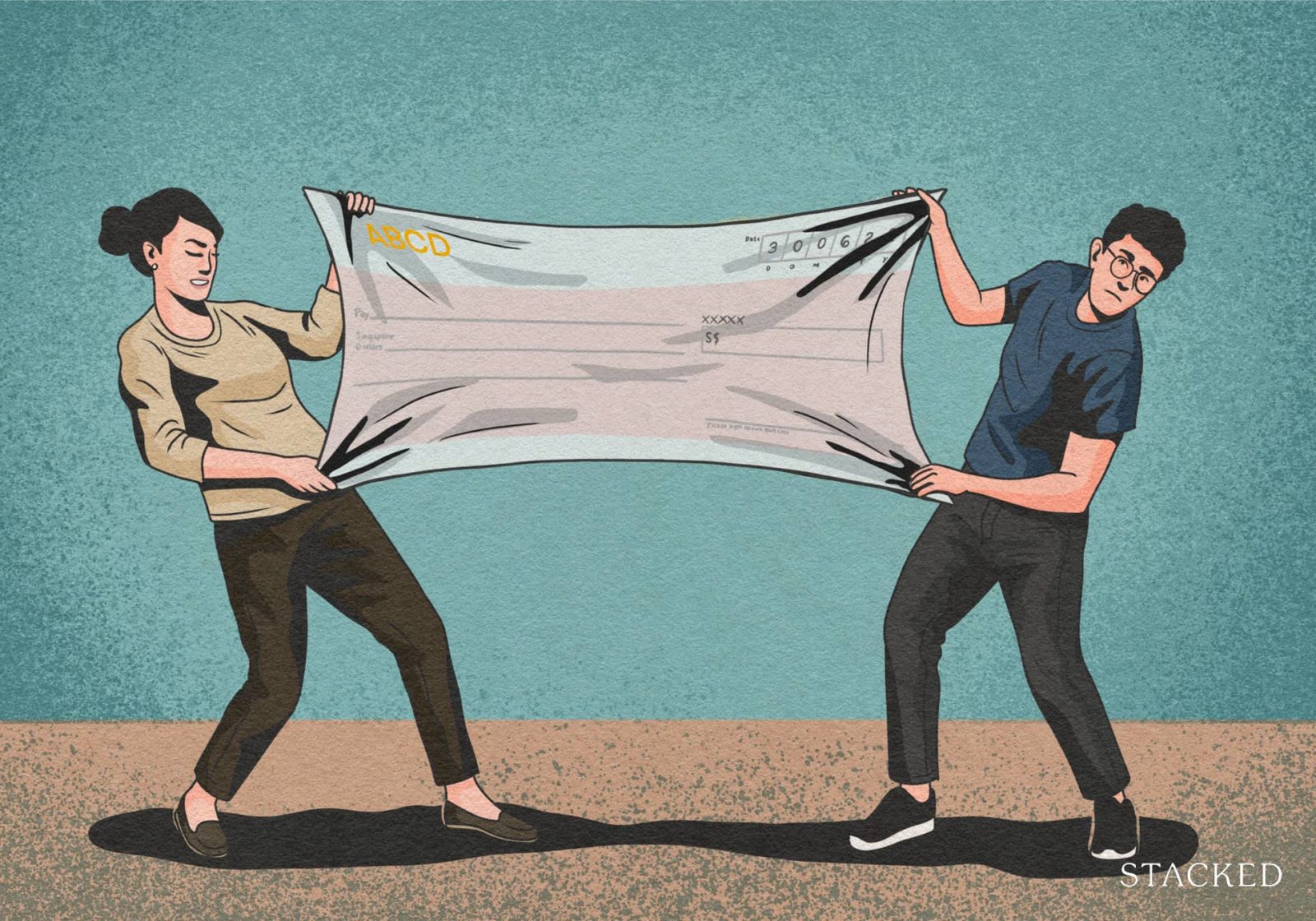
A point on marketing costs for property agents
One of the realtors we've spoken to also added the following:
"Over the past five to six years the cost of marketing a property has gone up a lot, which is also affecting agents' service fees.
"There's a property portal, I don't want to name names, but let's say they have a monopoly on the market and can charge ridiculous prices to refresh listings.
"Then the marketing by developers is becoming leaner every year; last time developers would hold events, and hire companies to do 3D reconstructions, nowadays they just have a brochure and expect agents to do the heavy lifting.
"So now any videos, blogs, websites, all these are left to agents to handle and pay from our own pocket."
Now called Land Betterment Charges (LBC), these are a tax on developers. As recently as 2022, we saw LBC rates spike by around 12.9 per cent for non-landed residential projects in some areas, and over 10 per cent for landed counterparts.
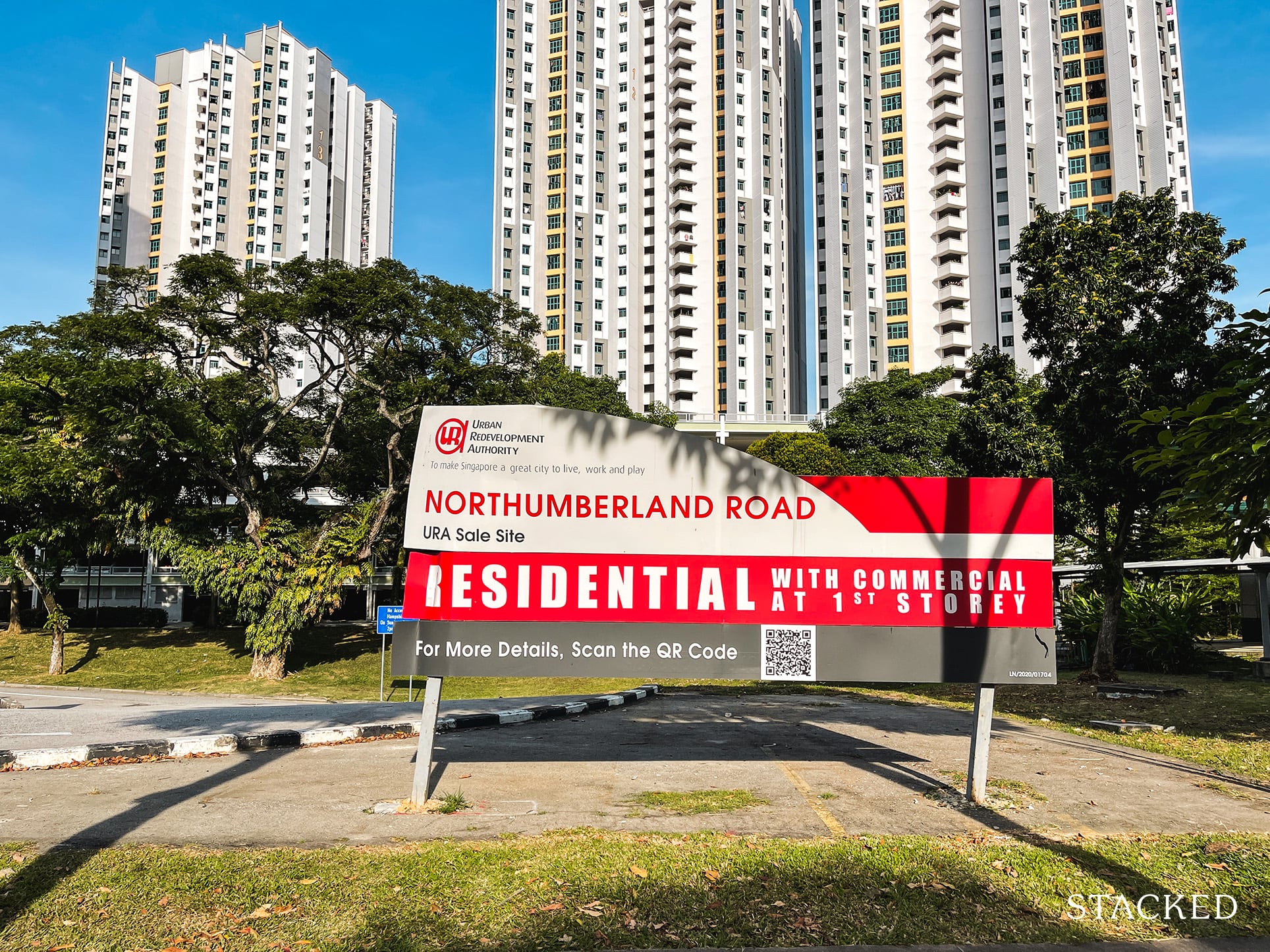
Note that these charges are in addition to what a developer pays for the land.
When you combine the ABSD (of which five per cent is non-remissible), high commissions (see point one), and the much higher cost of labour and raw materials today, it's not surprising that developers are charging over $2,100 psf to even see a decent margin.
Even increased land supply via GLS sites, or a sudden surge of en bloc sales (which we haven't seen lately), won't address these costs; and these costs are eventually passed down to buyers.
Perhaps we could work out a system where discounts are given on LBC rates, based on what the developer's intended price point would be.
This could help to lower the prices of mass-market homes that most Singaporeans need, while still contributing to government coffers via the luxury property segments.
Current ABSD measures on developers encourage smaller developments. This is because, regardless of the development size, a developer has the same five-year time limit to complete and sell the entire project.
This could also sometimes create a certain preference for smaller or even boutique developments, where a developer can confidently move just a few hundred units (or in the case of boutique projects, even less than 50 units) in the time frame.
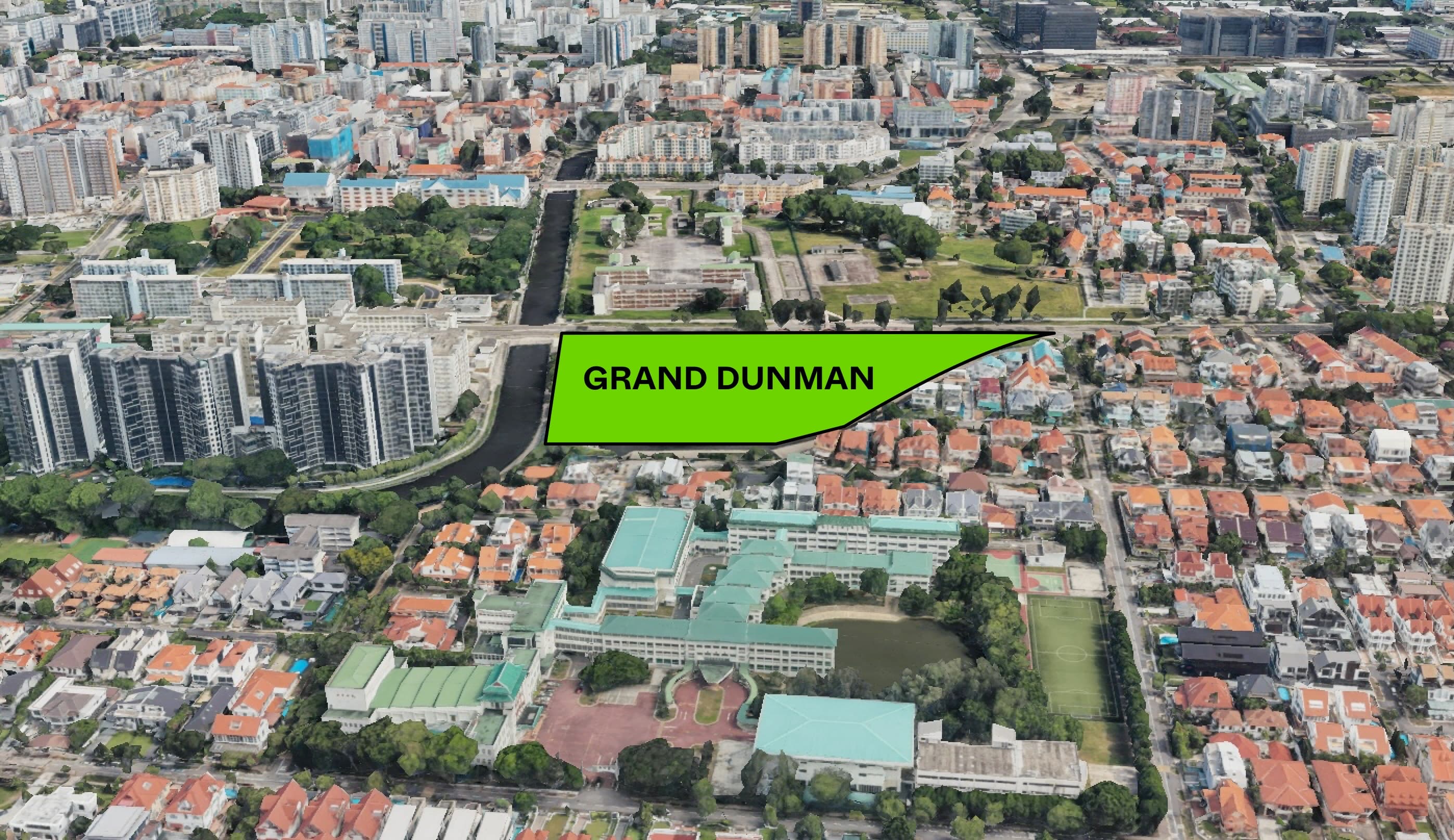
The problem is that such small developments are usually less affordable. Developers have less leeway in terms of economies of scale, and subsequent maintenance fees are higher on the buyers; that's the reason "small and exclusive" has become industry-speak for "very expensive".
What Singapore needs to cool home prices are larger developments, where scale helps to lower costs. Mega-developments — of which the most iconic is probably Treasure at Tampines — provide options affordable to the average HDB upgrader, while also soaking up more demand.
This isn't to say ABSD for developers should be done away with, as it's proven effective in stopping land hoarding. But perhaps the ABSD remittance should be varied based on how many units are left over at the end of five years, rather than developers being charged the full amount if even one unit is left unsold.
A note on "ABSD fire sales"
We sometimes encounter the argument that ABSD time limits on developers do lower prices, because desperate developers will "fire sale" a property. Admittedly that happens from time to time.
However, most fire sales do not benefit the average Singaporean. Developers are more likely to bundle up the remaining units, and sell them collectively to some entity or affluent investor (there's no point in them managing to sell, say, three of five remaining units at a discount, and then getting hit with ABSD anyway).
Also, the final units left in a project are typically high-quantum units like penthouses, for which the pool of prospective buyers is very small. A fire sale that shaves 20 per cent off an $8 million penthouse is still largely meaningless to the average Singaporean.
Reputable developers also typically rather not opt for such a measure, as it affects their standing with the previous buyers of the project. As such, they prefer to push up the commission rate for agents to sell instead.
ABSD can discourage Singaporeans from buying more than one residential property, but there's a flip side that's seldom considered:
If you already own more than one residential property, you might be more reluctant to part with it. From word on the ground, a common issue raised by owners of two or more properties is that they have "no chance" to do so again if they sell one of their homes.
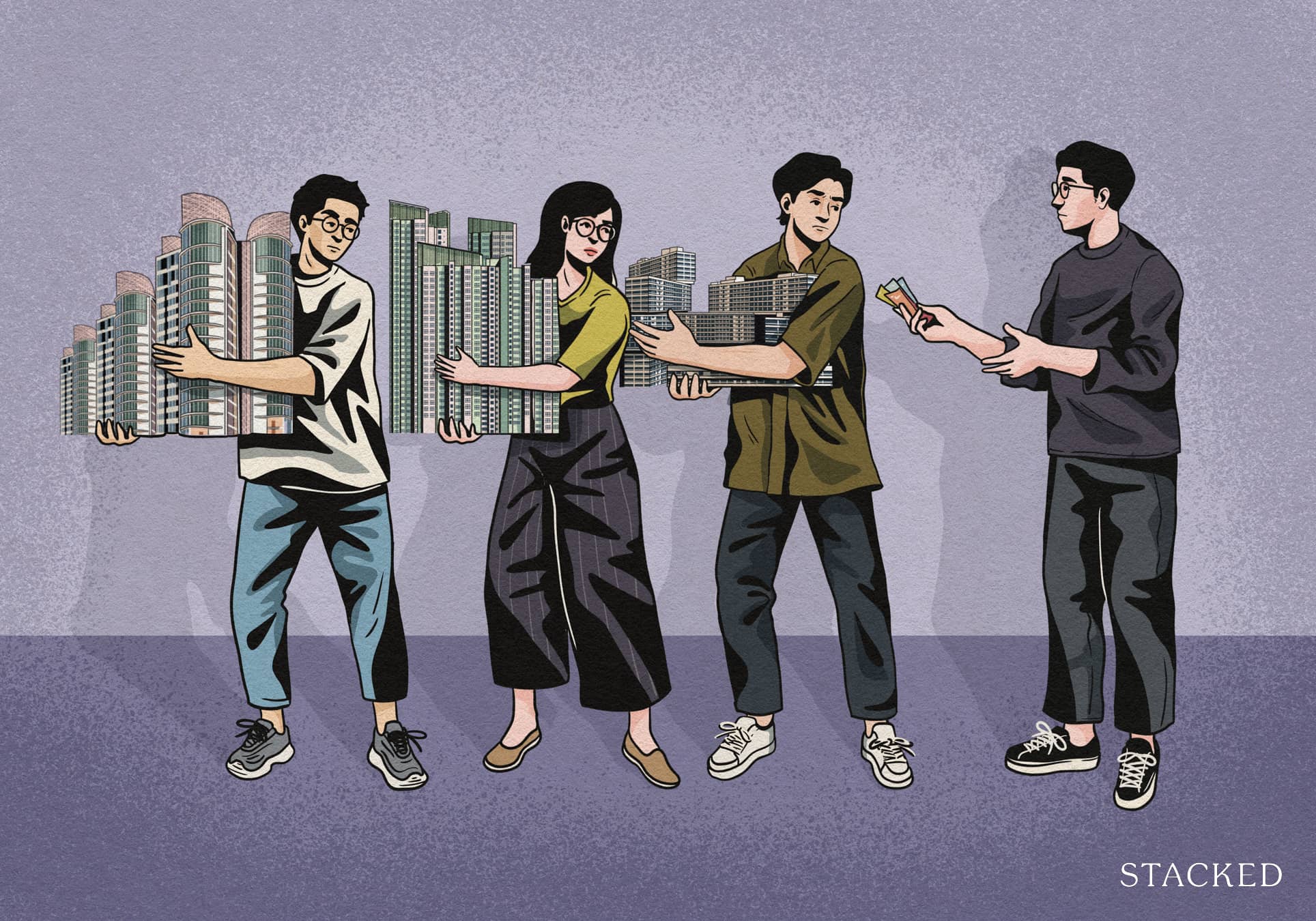
Many purchased their property before the ABSD, or when the ABSD was much lower. They can't conceive of ever paying a sum like 20 per cent in the future. It's also a fact that ABSD rates have only ever gone up, and never down.
We've seen this cause some emotional and irrational behaviour, like holding on despite being severely cash-strapped, or keeping properties despite poor rental income and high vacancies.
We've even met property owners with vacant homes: they don't want to take on tenants, but also don't want to sell because in the future ABSD will be higher.
This does prevent some residential units from being freed up, and raising available supply.
Certain land sales are only of importance to niche, high-end property buyers. In the recent slate of eight GLS sites, for example, two were in a prime central area. It’s probable that any developments here will exclude the average home buyer, due to the cost.
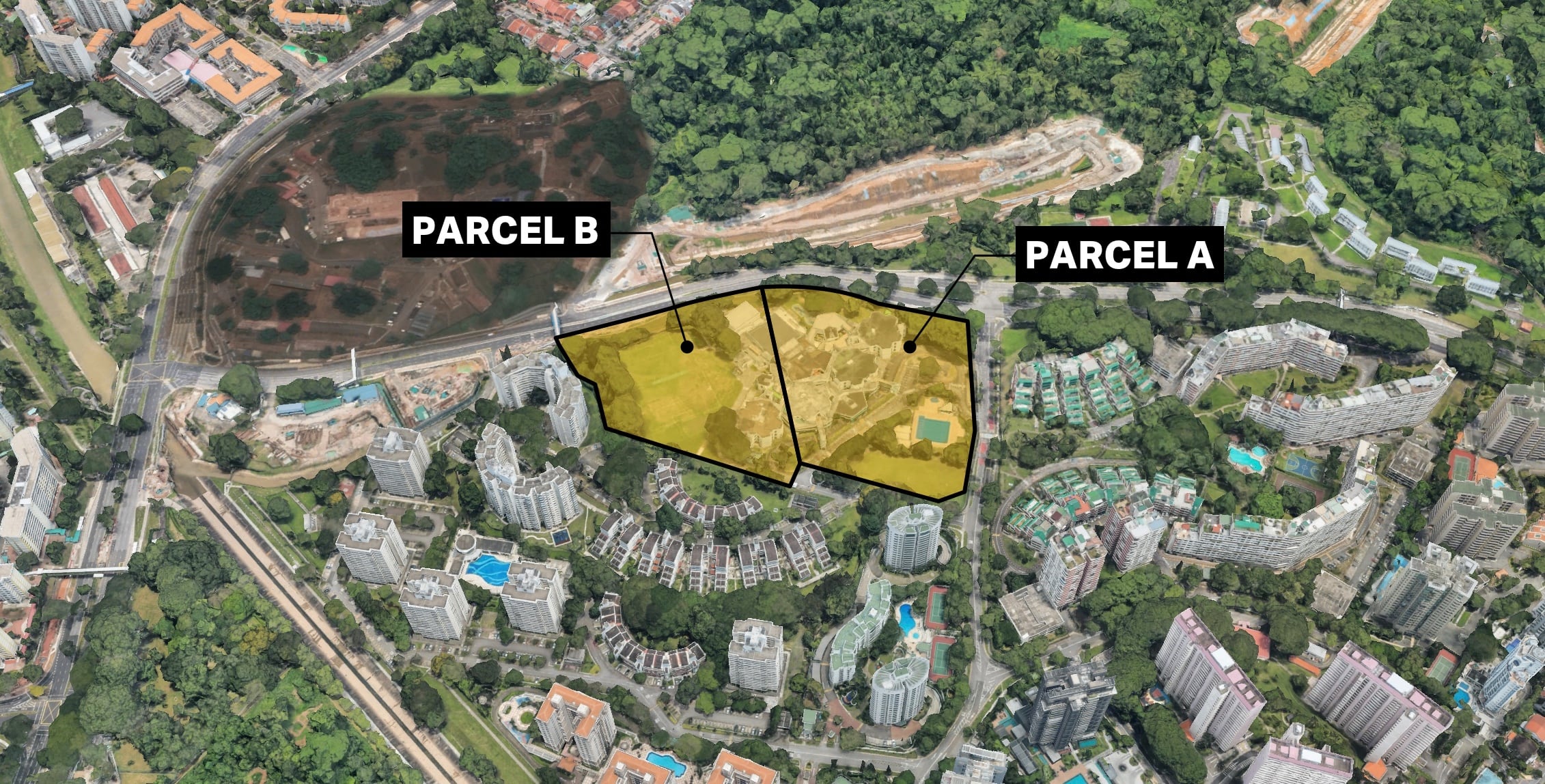
We're not against seeing the occasional land plot in a prime area of course. But given the current housing shortage, it may be best to prioritise land parcels in areas that regular Singaporeans can afford.
For example, we might have land sales only in affordable fringe regions for the rest of this year and the next, to ensure the new launches will all be of the kind more Singaporeans can buy.
The land parcels in prime districts can come later, when home prices have moderated.
Beyond immediate home price concerns, all of the above are things we should address quickly.
Factors like rising commissions, disincentives toward larger projects, etc. will take their toll on the overall market over time. Handling these issues may have better long-term effects compared to the usual slew of cooling measures, followed by more land parcels for grabs.
We've known since June of last year that rising land costs (with accompanying high construction costs) would be a factor.
At present, this is most visible in the CBD area. The much-anticipated Marina Gardens site, for instance, has been awarded a top bid of $1,402 psf. If so, analysts have suggested units there would cost around $2,680 psf to justify the land price.
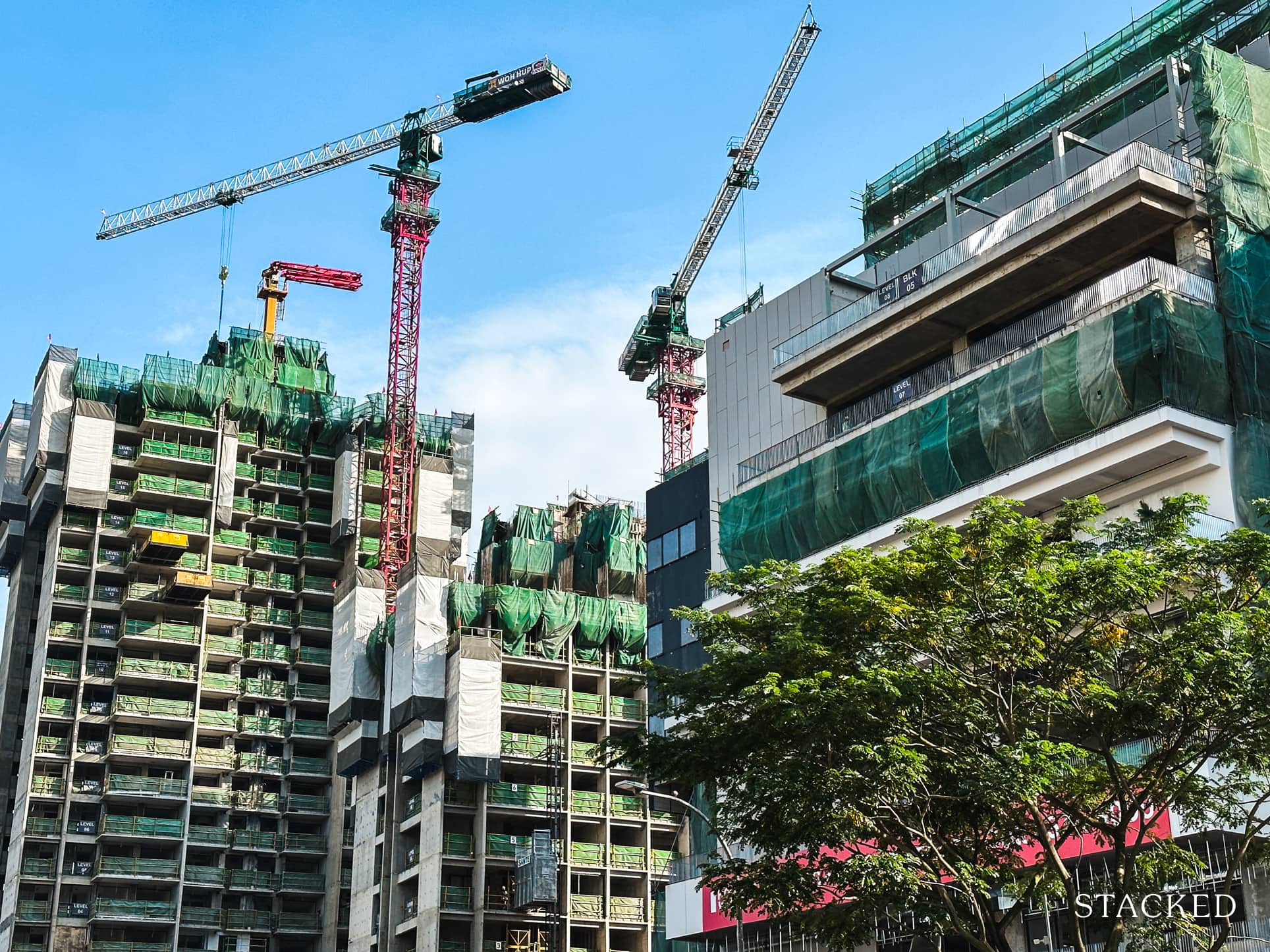
We're not against seeing the occasional land plot in a prime area of course. But given the current housing shortage, it may be best to prioritise land parcels in areas that regular Singaporeans can afford.
For example, we might have land sales only in affordable fringe regions for the rest of this year and the next, to ensure the new launches will all be of the kind more Singaporeans can buy.
The land parcels in prime districts can come later, when home prices have moderated.
Beyond immediate home price concerns, all of the above are things we should address quickly. Factors like rising commissions, disincentives toward larger projects, etc. will take their toll on the overall market over time.
Handling these issues may have better long-term effects compared to the usual slew of cooling measures, followed by more land parcels for grabs.
ALSO READ: Singapore's private home market sees first price drop in 3 years: What's next?
This article was first published in Stackedhomes.